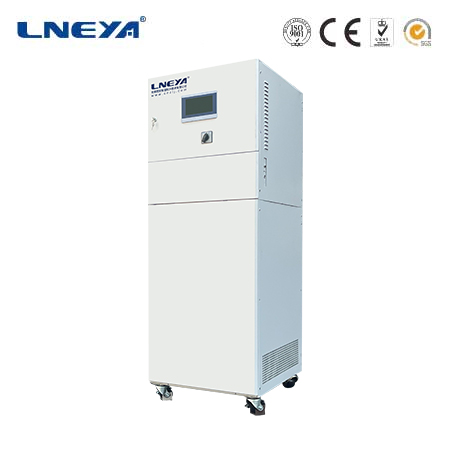energy efficient heating and cooling
Energy Efficient Heating and Cooling: A Path to Sustainability
Introduction to Energy Efficient Heating and Cooling
Heating and cooling systems account for a significant portion of global energy consumption, with nearly half of global energy use in buildings attributed to space and water heating. The transition to energy-efficient heating and cooling is crucial for reducing greenhouse gas emissions and achieving sustainability goals. This article explores the latest developments, technologies, and strategies in energy-efficient heating and cooling.

Energy Efficiency in the HVAC Industry
The HVAC industry is undergoing a transformative phase, driven by the integration of smart technologies, renewable energy solutions, and a focus on energy efficiency and environmental sustainability. The global HVAC market is expected to expand, with growth driven by the increasing demand for energy-efficient and sustainable cooling solutions. Industry stakeholders are embracing innovative advancements to enhance the effectiveness, reliability, and eco-friendliness of heating and cooling systems.
Types of Energy-Efficient Heating and Cooling Products
Energy-efficient heating and cooling products include a range of systems designed to minimize energy consumption while maintaining comfort and functionality:

Heat Pumps: Heat pumps offer an energy-efficient alternative to traditional furnaces and air conditioners. They transfer heat rather than generate it, making them 3-4 times more energy-efficient than fuel-based or electric resistance systems. There are two main types: air-to-air and ground-source (geothermal) heat pumps, each collecting heat from the air or ground outside the home and concentrating it for use inside.
Smart HVAC Systems: Connected HVAC systems leverage real-time data from sensors and smart thermostats to provide precise control over temperature, humidity, and airflow. This enhanced visibility and control not only improve occupant comfort but also enable significant energy savings through intelligent adjustments and optimization.
Renewable Energy Integration: Advanced control systems play a pivotal role in optimizing the utilization of renewable energy, ensuring that it is seamlessly matched with the heating and cooling demands of the building. This integration diminishes reliance on fossil fuels and helps achieve stronger energy efficiency targets and cost savings.
Policy and Infrastructure for Renewable-Based Heating and Cooling

The transition to renewable-based heating and cooling requires enabling infrastructure, such as gas grids, district heating and cooling networks, and various combinations of deployment, integrating, and enabling policies. Key recommendations include setting specific targets for the decarbonization of heating and cooling, creating a level playing field by phasing out fossil-fuel subsidies, and combining the electrification of heating and cooling with increasingly cost-competitive renewable power generation.
Practical Tips for Homeowners
Homeowners can save money and increase comfort by properly maintaining and upgrading their heating and cooling equipment. An energy-efficient furnace alone will not have as great an impact on energy bills as using a whole-house approach. By combining proper equipment maintenance and upgrades with recommended insulation, air sealing, and thermostat settings, homeowners can save about 30% on their energy bill while reducing environmental emissions.
Conclusion
Energy-efficient heating and cooling are essential for achieving sustainable living and reducing the environmental impact of HVAC systems. By adopting energy-efficient technologies, integrating renewable energy sources, and implementing smart control systems, the HVAC industry is moving towards a more sustainable future. Homeowners also play a crucial role in this transition by choosing energy-efficient products and maintaining their systems properly. The path to zero-energy buildings involves a holistic approach that includes reducing energy waste, improving the efficiency of renewable energy facilities, and integrating hybrid systems to respond to changing energy demands.
Related recommendations
recirculating water chiller system
238Introduction to Recirculating Water Chiller SystemsRecirculating water chiller systems are sophisticated cooling solutions that play a pivotal role in maintaining optimal temperature conditions a...
View detailslow temperature cooling system
676Low Temperature Cooling Systems: Achieving Ultra-Low Temperatures for Specialized Applications Low temperature cooling systems are critical in various fields where maintaining ultra-low tempera...
View detailstemperature for cooling
413Introduction to Temperature for Cooling The concept of "temperature for cooling" is fundamental in ensuring human comfort, maintaining the quality of perishable goods, and optimizing industrial...
View detailsHow to handle faults in industrial chiller systems?
1191How to handle faults in industrial chiller systems? 1. Power on without power. ① If the power cord has poor contact, check the power interface and whether the power cord plug is properl...
View details
 LNEYA Thermal Test Chillers
LNEYA Thermal Test Chillers






HelloPlease log in